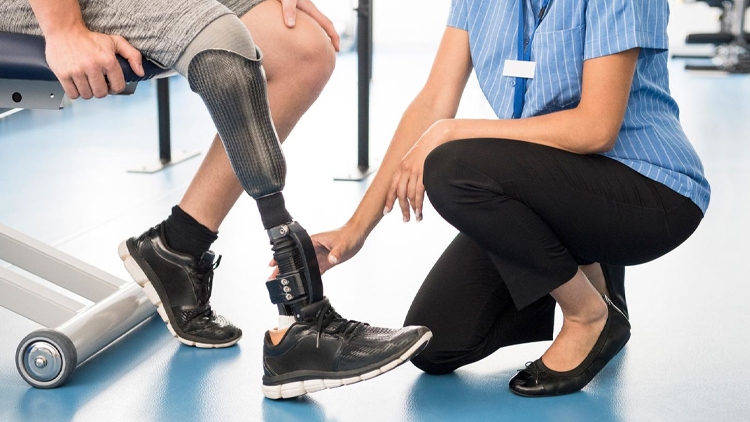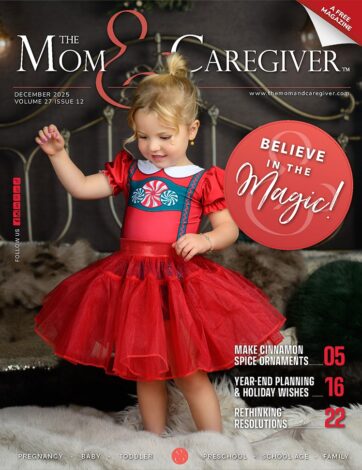National Orthotic and Prosthetic Day
Many people have heard about the great Terry Fox and his story, but how many people can list off someone who uses an orthotic device? September 19th was National Orthotic and Prosthetic Day, so here are some answers to commonly asked questions!
What is O&P (Orthotics and Prosthetics)?
Within the field of orthotics and prosthetics, practitioners work to improve their patient’s quality of life by providing various assistive devices that aid in mobility and promote independence. A prosthetic is a device that is fabricated to replace another limb. An orthosis is a device that is designed to support a limb that is either weak or has high tone. By combining creativity and technology, professionals in this field can design devices that cater to each individual they see.
Who needs an orthotic device?
Lots of people! Some patients we encounter on a daily basis are those who have suffered a stroke, present with drop foot, cerebral palsy, spina bifida, club foot, toe walking, polio, diabetes or even little infants who have a flat spot on their head.
As for who would see a prosthetist, the patient population is much smaller and is limited to those who have lost a limb from diabetes, cardiovascular disease, congenital deformities or trauma. The number one cause for amputation is diabetic complications. For more information regarding the dangers of diabetes and how to manage it, please visit Canada’s website, diabetes.ca.
Who makes these devices?
There are two main professionals in this field, a clinician and a technician. A clinician is the health care provider who would assess the patient and determine the treatment plan. These individuals take into account the patient’s history, current presentation and what their goals are. From this information, they design an assistive device that will enhance and improve the patient’s quality of life. A technician is critical to the intricate fabrication of these devices. They are the ones who are in the workshop physically making the device for the patient. A technician has the knowledge of various types of materials, such as plastic and metal, and the hand skills to create these devices. Each device is unique to the patient’s needs and often is made to their specific measurements.
The field of orthotics and prosthetics is very small but very important. Without the help of these individuals, some children and adults would not be able to walk or perform activities of daily living safely. If you have any questions about orthotics or prosthetics, do not hesitate to reach out to our office.
The Custom Orthotics Team (519) 850-4721 | office@customorthoticsoflondon.com | @cool_bracing














